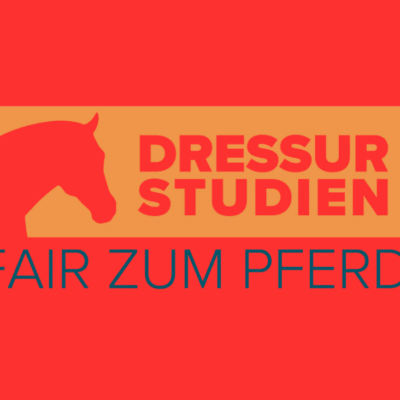The rule “Blood on the horse leads to disqualification from the competition” is history.
At its General Assembly in November 2025 in Hong Kong, the delegates of the Fédération Équestre Internationale (FEI) decided to significantly weaken the existing No-Blood Rule in show jumping.
In the future, a rider whose horse shows visible blood during competition may receive only a warning – the horse will be allowed to continue competing, provided it is deemed fit to compete.
This overturns the principle that has applied across all disciplines until now:
“Blood on the horse always leads to elimination from the test.”
The decision follows a proposal from the International Jumping Riders Club (IJRC), which was highly controversial even before the vote.
Under the new regulation, a distinction is made depending on the origin of the blood:
-
Direct bleeding (caused by equipment or rider): warning for the first and second incident. Multiple warnings within twelve months will result in a fine of 1,000 CHF and a one-month suspension.
-
Indirect bleeding (for example, if the horse bites its tongue or lip, or suffers a nosebleed): the blood may be wiped off, and the horse may continue competing if considered fit. No warning is issued in this case.
The new rule currently applies only to show jumping.
Position of the national federations
The German Equestrian Federation (FN) initially welcomed the IJRC proposal in principle but revised its stance following public criticism.
On 29 October 2025, the FN announced that it would vote against the weakening of the No-Blood Rule.
The vote was held in secret. In total, 20 nations voted against the proposal, while 52 voted in favour.
According to current information, Germany, Denmark, Switzerland, Great Britain, Austria, and the Netherlands voted against the change.
Why the decision is problematic
With the new rule, the FEI distances itself from a core animal-welfare principle in international equestrian sport.
The welfare of the horse is being subordinated to sporting success – a development that contradicts the values of fair and responsible horsemanship.
Many national federations, riders, and animal-welfare organisations also fear that the social licence of equestrian sport will further erode if visible blood on a horse becomes deemed acceptable.
What happens next
At its General Assembly in November 2026, the FEI will most likely have to address this issue again.
The federations that voted against the proposal have announced their intention to advocate for a harmonised and stricter No-Blood Rule in the future.
Largely unnoticed by the public, the FEI has already relaxed the No-Blood Rule regulations for the disciplines eventing, endurance, vaulting, and driving.
Therefore, our petition will continue – to send a clear signal for fairness, ethics, and the welfare of horses.
Sources:
- The proposal can be found on p. 33.
- Downloadable from the FEI website: ANNEX Pt 14.2 – GA25 Jumping Rules Memo (PDF) Inside FEI
- Archived version: bloodrule_versuch_2025_14.2_GA25_Jumping Rules Memo
-
Driving Rules (S. 24): FEI – Driving Rules 2025_Clean-FINAL.28.05.pdf
Endurance Rules (S.69): FEI Endurance Rules – 1 January 2025 – Clean.pdf
Eventing Rules (S. 45): 2025 FEI Eventing Rules_Clean version.pdf
Background:
06 Nov 2025: Despite massive internal resistance and over 65,000 signatures on our petition, the FEI overturns the existing Blood Rule and significantly weakens it.
- 25 October 2025: We launch another petition to keep the “No-Blood Rule” unchanged.
- 2025: Show jumpers attempt to weaken the rule at FEI level — our article from March 2025 on this initiative, now coming to a vote.
- 2022: At the CHIO Aachen, three dressage riders were rung out of competition due to blood in the horse’s mouth.
- 2015: In Kentucky, Adelinde Cornelissen and Parzival were eliminated due to blood in the mouth, sparking renewed debate. The IDRC (International Dressage Riders Club) initiate a new proposal: The proposal at the time was as follows: „If the judge at C believes they have detected fresh blood on any part of the horse’s body that does not originate from the mouth, the spurs, or the whip, the pair shall be halted and the horse examined. If the horse is bleeding but is still considered ‘fit to compete’, the pair may resume their test from the point at which they were stopped. The horse must then be presented to an FEI veterinarian immediately after the test to ensure that it can continue to compete the following day. However, if the blood comes from the mouth, the spurs, or the whip, the horse must be disqualified. This decision is final.“ This proposal did not prevail.
- 2011: Dressur-Studien | Fair zum Pferd launched a petition against an attempt by Dutch dressage riders to abolish the No-Blood Rule. The petition succeeded.








